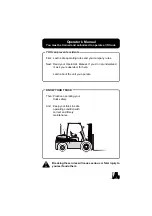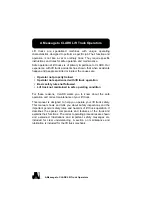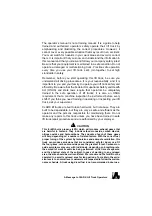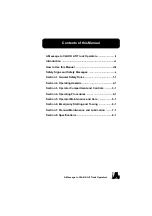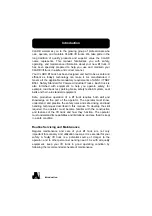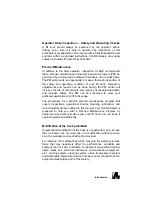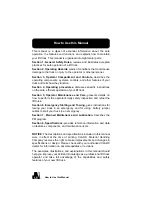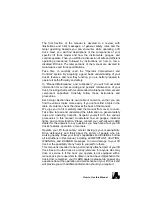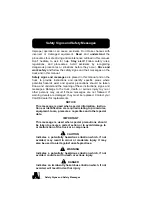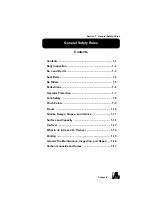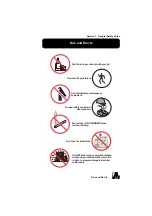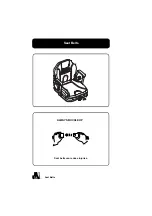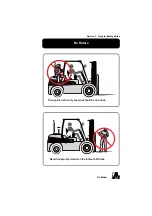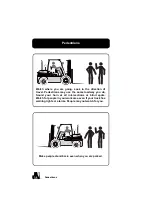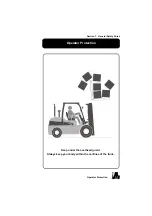
A Message to CLARK Lift Truck Operators
iii
The operator’s manual is not a training manual. It is a guide to help
trained and authorized operators safely operate their lift truck by
emphasizing and illustrating the correct procedures. However, it
cannot cover every possible situation that may result in an accident.
You must watch for hazards in your work areas and avoid or correct
them. It is important that you know and understand the information in
this manual and that you know and follow your company safety rules!
Be sure that your equipment is maintained in a safe condition. Do not
operate a damaged or malfunctioning truck. Practice safe operation
every time you use your lift truck. Let's join together to set high
standards in safety.
Remember, before you start operating this lift truck, be sure you
understand all driving procedures. It is your responsibility, and it is
important to you and your family, to operate your lift truck safely and
efficiently. Be aware that the Federal Occupational Safety and Health
Act (OSHA) and state laws require that operators be completely
trained in the safe operation of lift trucks; it is also an OSHA
requirement that a machine inspection be performed before every
shift. If you think you need training in operating or inspecting your lift
truck, ask your supervisor.
CLARK lift trucks are built to take hard work, but not abuse. They are
built to be dependable, but they are only as safe and efficient as the
operator and the persons responsible for maintaining them. Do not
make any repairs to this truck unless you have been trained in safe
lift truck repair procedures and are authorized by your employer.
CAUTION
!
This forklift burns propane (LPG) which will produce exhaust gases that
are harmful to humans. They include carbon monoxide, carbon dioxide,
nitrogen oxides and hydrocarbons. The amounts of each of these gases
will vary, depending on a number of related factors. With the correct fuel,
proper tuning of the system by technicians and adequate ventilation, this
truck can produce emissions that are considered safe for indoor use. Of
the four gases, carbon monoxide poses the greatest threat. Carbon mon-
oxide symptoms may vary with individuals, depending on breathing rate,
the amount of work or exercise being performed at the time of exposure,
and the physical state of the subject. In case of working in an enclosed
area, the area should be well ventilated. We recommend the forklift not be
operated in a small enclosed area for long periods. To maintain the emis-
sion levels to a normal level, customers are requested to follow the mainte-
nance schedule. A truck using diesel fuel is not recommended indoor use.
Summary of Contents for C40D
Page 2: ......
Page 6: ...iv ...
Page 16: ...1 4 Seat Belts Seat Belts ALWAYS BUCKLE UP Seat belts can reduce injuries ...
Page 30: ......
Page 90: ......
Page 109: ...PM Report Form 7 13 Section 7 Planned Maintenance and Lubrication ...
Page 126: ......
Page 136: ......



